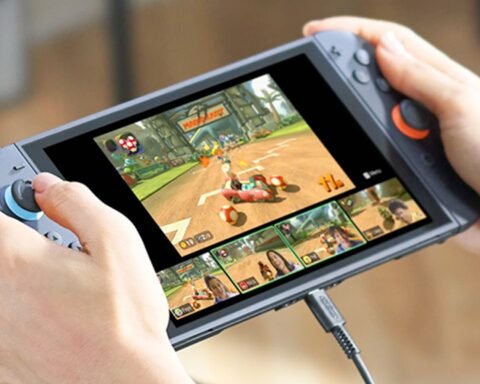Hosting an event? Whether it’s a birthday party, team-building day, family reunion, or backyard barbecue, one thing’s for sure—great games make great memories. The right activities can break the ice, energize your guests, and turn a simple gathering into something unforgettable. But finding the perfect games for your crowd—especially ones that are fun, easy to organize, and suitable for all ages—can be a challenge.
That’s why we’ve put together this ultimate list of 60 fun games to play at any event. From high-energy outdoor contests to cozy indoor icebreakers, from kid-friendly classics to hilarious games for adults, this list has something for everyone. Whether you’re planning ahead or need a few last-minute ideas, you’ll find plenty of inspiration right here.
So grab a pen—or just bookmark this page—and get ready to bring the fun!
Icebreaker Games
The first few moments of any event can feel a little awkward, especially when guests don’t know each other. Icebreaker games are designed to eliminate that awkwardness, spark conversation, and create a relaxed, friendly vibe right from the start. These games are simple, quick to set up, and work well with both small and large groups.
Two Truths and a Lie

This classic game is perfect for getting people to open up. Each person takes turns stating three facts about themselves—two that are true and one that’s a lie. The rest of the group has to guess which one is the lie. It’s a fun way to learn surprising things about each other and gets people talking right away.
Human Bingo
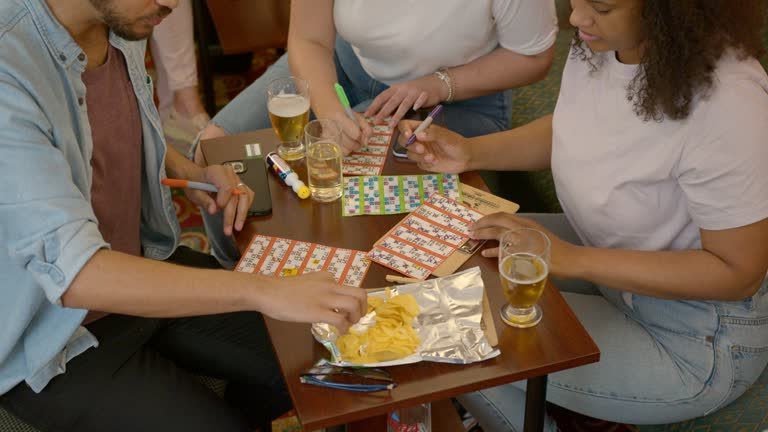
Create a bingo-style sheet with personal traits or experiences such as “has traveled to another continent” or “plays a musical instrument.” Guests walk around the room trying to find others who match the descriptions and write their names in the corresponding boxes. The first person to fill a row or the entire sheet wins. It’s a great way to encourage mingling and quick introductions.
Would You Rather

Pose a series of either-or questions to the group, such as “Would you rather travel to the past or the future?” or “Would you rather have the ability to fly or be invisible?” Guests can respond by raising hands or moving to opposite sides of the room. This game sparks laughs and reveals personalities in an easy, low-pressure way.
The Name Game

Start with one person who says their name and something they like that starts with the same letter, like “David likes donuts.” The next person has to repeat that and add their own, such as “David likes donuts, and Sarah likes surfing.” This continues around the circle, testing memory and creativity. It’s a fun mental challenge that helps everyone remember names.
Speed Friending
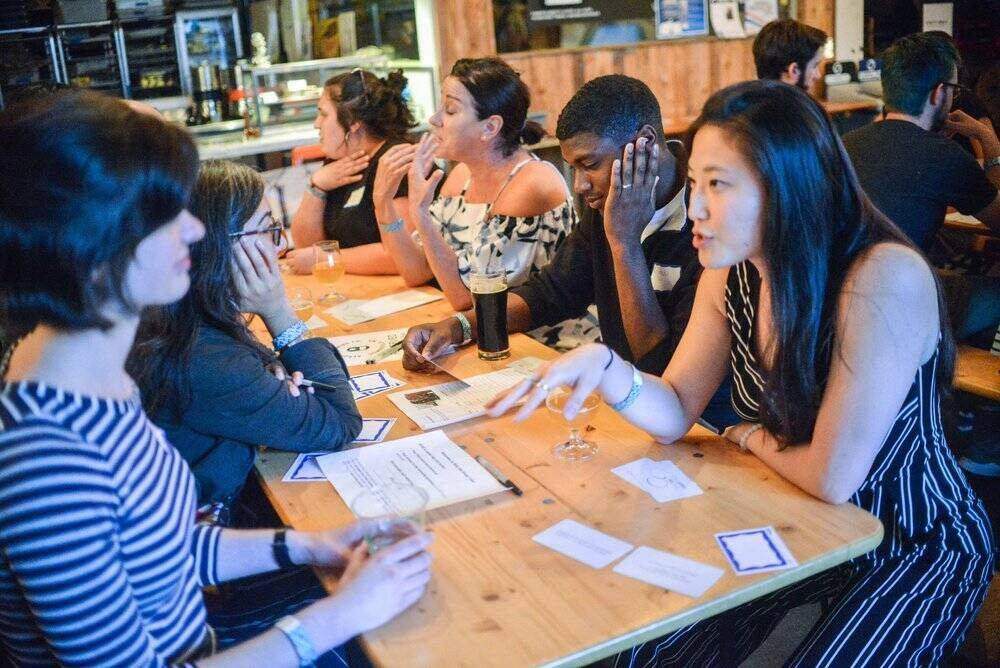
Similar to speed dating, guests pair up and are given one or two minutes to introduce themselves and answer a prompt such as “What’s the most interesting place you’ve visited?” After the time is up, one line of people rotates to the next partner. It’s a quick and structured way for guests to meet several others in a short amount of time.
Alphabet Story
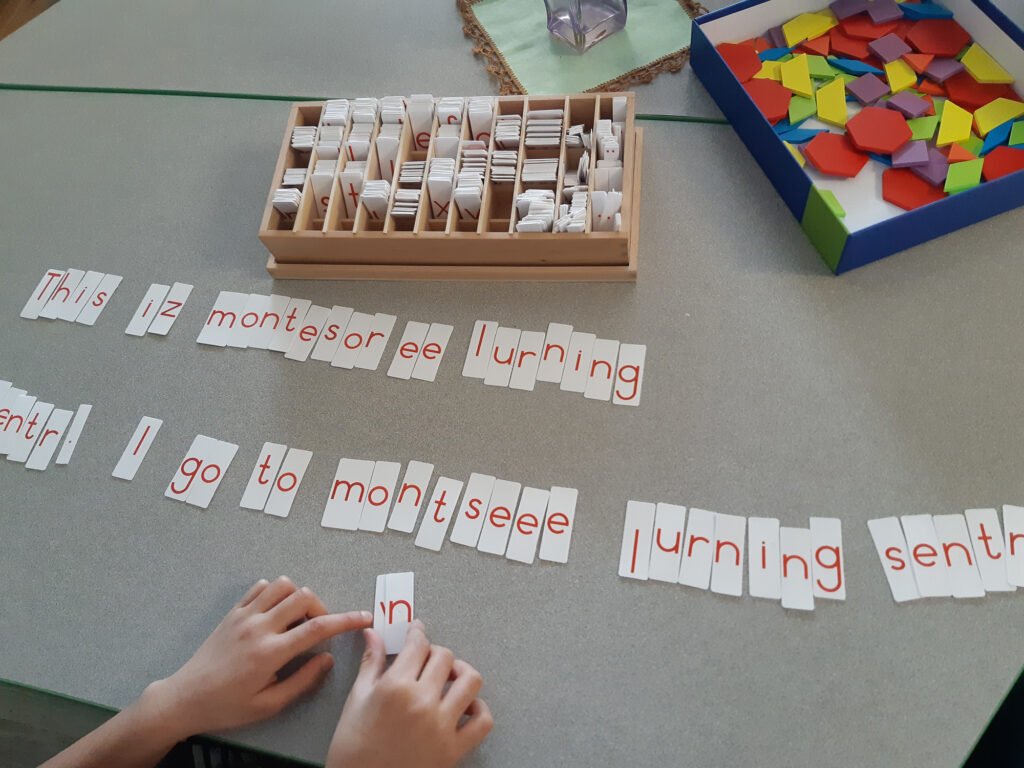
In a circle, each person adds a sentence to a group story, with each sentence beginning with the next letter of the alphabet. For example, “A giant balloon flew over the city,” followed by “But no one knew where it came from.” This continues until someone gets stuck or the story reaches Z. It’s a hilarious and creative way to break the ice.
Find Your Match

Prepare a list of famous duos or things that go together, such as peanut butter and jelly, Batman and Robin, or sun and moon. Tape one half of each pair to a guest’s back as they arrive. Guests must mingle and ask yes or no questions to figure out who or what they are, and then find their match in the crowd.
One Word Pulse

Ask everyone to describe how they’re feeling in one word. It could be anything from “excited” to “curious” or even “hungry.” Once everyone has shared, you can discuss common themes or contrasts. It’s a quick way to take the emotional temperature of the room and help people feel seen and heard from the start.
Indoor Party Games
Indoor events offer the perfect opportunity for structured fun, especially when space or weather limits outdoor activities. These games are designed to get people laughing, competing, and fully engaged without needing too much room or equipment.
The Chocolate Bar Game

Place a large, wrapped chocolate bar on a plate along with a knife, fork, hat, scarf, and gloves. Guests take turns rolling a die. When someone rolls a six, they quickly put on all the clothing and attempt to cut and eat the chocolate using only the knife and fork. Meanwhile, everyone else continues rolling the die, and the next person to roll a six takes over. It’s chaotic, hilarious, and harder than it sounds.
Fishbowl

This game combines charades, password, and taboo in one. Guests write down random nouns or phrases on slips of paper and place them into a bowl. In the first round, players describe the words without using the actual word. In the second, only one word can be said. In the third, only gestures are allowed. Teams try to guess as many as possible during a timed round. It requires memory and creativity, and it gets more fun as it progresses.
Don’t Say Yes or No
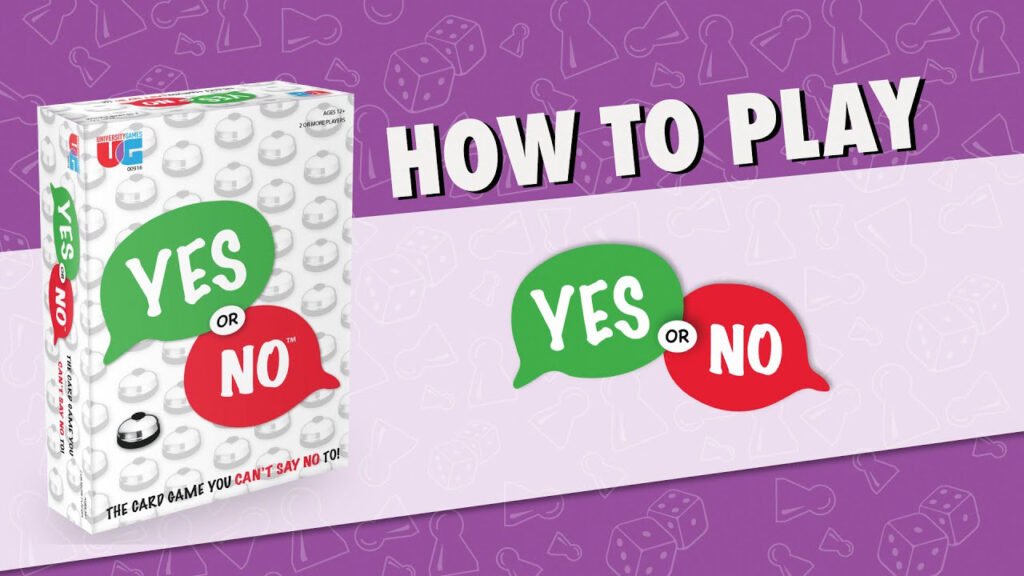
Choose one person to sit in the “hot seat” while the rest of the group asks them rapid-fire questions. The rule is that the person cannot say “yes” or “no” in any response. If they do, they’re out and someone else takes the hot seat. This game quickly becomes a mental workout and usually ends in laughter.
Room Detective

Send one guest out of the room while a “mystery object” is chosen by the remaining group. Once the guest returns, they must ask yes or no questions to figure out what the chosen object is. The twist: the object isn’t real—it’s something like “a whisper,” “awkward silence,” or “gravity.” The room’s responses must remain serious, making it both confusing and funny.
Secret Word
Before the event, assign each guest a secret word they must subtly insert into conversations throughout the night. The words should be odd, like “porcupine” or “marshmallow.” If someone catches another person using a secret word, they win a point. At the end of the event, the person with the most points wins. It’s a background game that adds humor and ongoing engagement.
The Flour Game
Fill a small bowl with flour and turn it upside down on a plate to create a flour “cake.” Place a small object like a coin on top. Players take turns slicing the flour with a butter knife, trying not to make the coin fall. The person who causes it to fall must retrieve the coin—with their mouth. Messy and ridiculous fun.
Wink Assassin
Everyone sits in a circle and draws roles from a hat. One player is the “assassin” who must secretly eliminate others by winking at them. Once winked at, players count to five silently and then “die” dramatically. The rest must try to spot the assassin before they’re eliminated. Simple, suspenseful, and great for all ages.
What’s in the Bag
Place various strange items into opaque bags and number them. Guests must reach in, feel around, and write down what they think each item is—without looking. Include tricky items like cooked spaghetti, a sponge, a peeled orange, or cotton balls. The player with the most correct guesses wins. It’s a tactile, sensory challenge that sparks curiosity and laughter.
The Movie Pitch Game
Divide guests into small teams. Each team draws three random prompts from a set: one actor, one genre, and one random object. They then have ten minutes to come up with a movie plot using those elements and present their pitch to the group. The most entertaining or creative one wins. It’s imaginative, unpredictable, and a hit with creative crowds.
Hot Potato with a Twist
Instead of music, pass an object around while someone reads out embarrassing or funny challenges from a card stack. When the reading stops, whoever has the object must complete the challenge. This adds a layer of interaction that keeps the group on edge—in a good way.
Outdoor Games
Outdoor settings open up endless possibilities for fun, energetic games that let people move freely and enjoy fresh air. These games are ideal for backyards, parks, fields, or beachside gatherings, and they’re perfect for groups who enjoy physical activity, teamwork, and a little friendly competition.
Water Balloon Toss
Pairs of players stand facing each other and toss a water balloon back and forth. After every successful catch, both players take one step backward, increasing the distance. The last pair standing with an unbroken balloon wins. It’s simple to set up and always delivers laughter—especially on hot days.
Capture the Flag
Divide the group into two teams, each with its own territory and flag. The objective is to infiltrate the opposing team’s area, capture their flag, and return it to your own side without getting tagged. If a player is tagged in enemy territory, they’re sent to a designated “jail” and can only be freed by teammates. It’s a classic game that combines strategy, speed, and team spirit.
Giant Obstacle Course
Set up an obstacle course using whatever materials you have available—cones, ropes, tires, chairs, even cardboard boxes. Include tasks like crawling under a rope, hopping through rings, or spinning around before continuing. Time each participant or team for added excitement. It’s great for kids and adults who don’t mind getting a little competitive.
Balloon Stomp
Tie an inflated balloon to each player’s ankle with a string. The goal is to stomp on others’ balloons while protecting your own. The last person with an unpopped balloon wins. It’s chaotic, fast-paced, and usually ends in a burst of laughter.
Human Ring Toss
Use pool noodles shaped into rings and place volunteers in the field as the “posts.” The objective is to toss the rings onto the people’s arms or heads. You can rotate players or keep score in teams. It’s silly, interactive, and a great photo opportunity.
Freeze Tag with a Twist
Standard freeze tag gets an upgrade with one rule change: only certain people can “unfreeze” others, and they change every few minutes. Add more rules as you go, like hopping on one foot or crawling. This keeps the game fresh and unpredictable.
Tug-of-Loop
Instead of a straight-line tug-of-war, use a looped rope with four or more players positioned in different directions. When the round begins, each tries to pull against the others to reach their goal (like touching a cone or grabbing an object). It’s a multiplayer power battle that demands both strength and strategy.
Flag Hunt
Hide small flags or markers around an outdoor area. Players or teams are tasked with finding as many flags as possible within a set time limit. You can make it harder by including clues or riddles to reveal flag locations. It’s a great mix of scavenger hunt and hide-and-seek.
Giant Dice Challenges
Create a giant foam or cardboard die and assign a challenge to each number, such as doing jumping jacks, reciting a tongue twister, dancing for 10 seconds, or telling a joke. Players roll the die and complete the corresponding task. It’s a light, interactive way to keep energy high between other activities.
Cone Flip Challenge
Set up plastic cups or cones upside-down at a distance. Players must run to a cone, flip it upright with one hand, then run back to tag the next person in their team. You can make it into a relay race or individual challenge. It’s fast, fun, and easy to reset for new rounds.
Games for Kids
When it comes to entertaining kids at events, the key is to keep things active, silly, and full of imagination. Children enjoy games that let them move around, use their creativity, and feel a sense of achievement. The following games are perfect for keeping kids engaged and smiling throughout your event.
Animal Parade
Give each child the name of an animal in secret and ask them to act it out using only movements and sounds. Once they begin, the rest of the group has to guess what animal they are. You can have several kids go at once or one at a time. It’s a hilarious game that lets kids be silly and expressive.
Bubble Pop Challenge
Blow a ton of bubbles using a machine or multiple wands. Challenge the kids to pop as many as they can in one minute using only their hands. You can also turn it into a race to see who pops the most or add rules like using elbows or knees. It’s a chaotic, joyful mess that kids love.
Color Dash
Assign a color to each corner of a play area. Play music while the kids run around freely. When the music stops, call out a color, and all kids must race to that corner. The last one there is out, and the game continues until one winner remains. It’s like musical chairs with movement and color recognition.
Treasure Scoop
Fill a large container with dried beans, rice, or sand and hide small plastic toys, coins, or treats inside. Give each child a plastic spoon or scoop and set a timer. They must dig through the container and find as many treasures as they can before time runs out. It’s sensory, exciting, and perfect for young adventurers.
Feather Float
Each child is given a feather and must keep it in the air by blowing on it—no hands allowed. The one who can keep theirs floating the longest wins. It’s simple, surprisingly competitive, and gets kids giggling while building breath control and focus.
Mystery Box
Prepare a box with a hole big enough for a hand and fill it with unusual-feeling items such as a peeled grape, soft toy, sponge, or dry pasta. Kids take turns reaching in and guessing what they’re touching without looking. It’s a great combination of surprise, suspense, and sensory play.
Magic Carpet Ride
Give each child or team a towel or small mat and ask them to “ride” it across the room by sitting and scooting without using their feet. This game works well indoors or on smooth outdoor surfaces. It’s a physical challenge that feels like an adventure.
Shape Hunt
Cut out various paper shapes—stars, circles, triangles—in different colors and hide them around the area. Give each child a list or a color/shape to find. They have to race to collect the correct shapes before others do. This combines learning with movement and sharpens observation skills.
Freeze Animal Dance
Play music and shout out an animal name while the music plays. Kids must dance like that animal until the music stops, at which point they must freeze. If someone moves, they’re out for a round. It’s a delightful mix of dance, imagination, and coordination.
Catch the Dragon’s Tail
Children form a single-file line, holding onto the shoulders of the person in front of them. The first in line is the “head” and the last is the “tail.” The goal is for the head to tag the tail while the rest of the line tries to prevent it. It’s a team-building game that keeps kids running and laughing.
Games for Adults
Adults enjoy games that allow for humor, strategy, conversation, and a little bit of friendly competition. Whether you’re hosting a dinner party, retreat, or late-night hangout, the games below are designed to spark connection and keep everyone entertained well into the evening.
Celebrity Spinner
Each guest writes the name of a celebrity on a slip of paper and places it into a bowl. Players take turns spinning a bottle, and whoever it lands on must draw a name and give clues until the celebrity is guessed. The twist? No names or obvious titles can be mentioned. The game blends social pressure with pop culture knowledge and quick thinking.
The Whisper Challenge
One person wears noise-canceling headphones while the others take turns reading phrases to them silently. The person with headphones must lip-read and say what they think was said. The results are often hilariously wrong and always entertaining. It’s perfect for lightening the mood and getting everyone laughing.
Memory Tray
Set a tray of 20 random household objects in front of the group for one minute. After removing the tray, players have two minutes to write down as many items as they can remember. You can make it more difficult by swapping a few items mid-game or adding “decoy” objects during the viewing time. It challenges observation skills and memory under pressure.
The Auction Game
Each guest is given fake currency at the beginning of the event. Throughout the evening, small mystery prizes or silly dares are auctioned off. Bidders don’t know exactly what they’re buying until after they win. Some items are good (gift cards, snacks), others are humorous (a rubber duck, a dramatic reading of song lyrics). It’s a blend of luck, risk, and bluffing.
Six-Second Story
Guests are randomly assigned pairs and given six seconds to come up with the beginning of a story. After the buzzer, the story passes to another pair who must continue it without any prior context. This continues until every group has added a part. The results are often absurd, hilarious, and surprisingly creative.
Reverse Charades
Instead of one person acting while the group guesses, one person guesses while the rest of the group acts out the word together. The chaos of multiple people acting out the same word creates both confusion and nonstop laughter. It’s especially fun in larger groups or with coworkers.
The Lie Detector
One player is chosen to sit in the “hot seat” and answer personal or absurd questions. Before the game, they must secretly choose three answers that will be lies and signal the moderator when one is being said. The rest of the group tries to identify when the player is lying. It’s a fun twist on honesty, bluffing, and intuition.
Story Roulette
Write random opening sentences on slips of paper and place them in a bowl. Players draw one and must improvise a short story starting with that sentence. The story must be completed in under one minute. It’s great for writers, jokers, or anyone up for storytelling under pressure.
Silent Line-Up
Without speaking, the group is challenged to line up in order based on a category like birth month, shoe size, or height. Players must rely on gestures, expressions, and creative communication. It’s simple, surprisingly competitive, and sparks a lot of team laughter.
Word Sneak
Each participant is given three random and unusual words at the beginning of the event. Their goal is to sneak those words into casual conversations during the night without being detected. If someone successfully uses all three words without getting caught, they win. If they’re called out, they lose a point. It keeps people listening closely and thinking creatively.
Team Games
Team games bring out the best kind of energy—cooperation, competition, and shared fun. They break the ice quickly, build group spirit, and often result in unforgettable inside jokes. These games are ideal for settings where people need to work together, think quickly, or simply engage in a little friendly chaos.
Build the Tallest Tower
Each team is given a set of materials—like marshmallows, spaghetti, tape, or paper—and tasked with building the tallest freestanding tower within a time limit. Teams must communicate, plan, and test ideas under pressure. When time is up, the towers are measured, and the tallest one that still stands wins. It’s a great creative challenge for all ages.
Group Sculptor
One member of each team acts as the “sculptor,” while the rest of the team are the “clay.” The sculptor is given a pose or scene to recreate using only verbal instructions. They cannot touch their teammates or act it out themselves. The result is often a hilarious, jumbled sculpture that barely resembles the goal—but everyone will be laughing by the end.
Code Breakers
Each team is given a coded message to solve using a basic cipher (like Morse code, letter substitutions, or riddles). Along the way, they must complete small physical or mental tasks to earn hints or pieces of the code. It’s a fun mix of problem-solving and team collaboration that feels like a low-pressure escape room challenge.
Chain Reaction
Teams are tasked with designing a working chain reaction using objects provided—books, cups, dominoes, string, balls, etc. The goal is for one small movement to trigger a long, elaborate series of actions. Teams are judged on creativity, functionality, and length of the chain. It’s part science experiment, part creative chaos.
Blindfold Artist
Pairs are formed within each team. One person is blindfolded and given a marker and a sheet of paper. The other team members must guide them using only verbal instructions to draw a specific item, like a bicycle or a giraffe. The team whose drawing most resembles the actual object wins. It’s a great exercise in listening, patience, and absurd drawings.
Line Shuffle
Teams must line up in a specific order—by age, birth date, height, or name—but they can’t speak. They must communicate only through gestures and expressions to figure it out. Once lined up, they announce the order to the host. The first team to correctly organize themselves wins. It’s fast, funny, and surprisingly tricky.
Object Relay
Teams are given a spoon and a variety of strange objects—like cotton balls, grapes, ping-pong balls, or plastic toys. One by one, team members must carry each item across a distance using only the spoon. If they drop it, they start over. The team that moves all items the fastest wins. It’s a balance of speed, care, and laughter.
Commercial Break
Teams are randomly assigned a common object, like a paperclip or rubber band, and tasked with creating and performing a short “commercial” for it. They must invent a fictional purpose and present their ad to the group. The funnier and more absurd, the better. It’s perfect for encouraging creativity, especially in mixed groups.
Reverse Instructions
In this game, the facilitator reads out basic commands—like “clap your hands” or “sit down”—but teams are only supposed to act if the command is preceded by a specific phrase, such as “Simon says.” Teams lose points for reacting incorrectly or too slowly. It’s a test of listening and group discipline under pressure.
Pass the Pattern
Each team stands in a line. The person at the back is shown a hand gesture or movement pattern (like two claps, a shoulder tap, and a jump) and must pass it forward by tapping the next person and showing them. The pattern continues until it reaches the front, where the last person performs it for the judge. Teams are scored on how accurately the pattern survives. It’s like a physical game of telephone, with lots of room for hilarious errors.
No-Equipment Games
Sometimes, the best games are the ones you can play with nothing at all. No balls, cards, paper, or phones—just a group of people and a bit of creativity. These games are ideal for minimalist events, road trips, unexpected delays, or situations where you simply want to get started without setup.
Echo Master
One person starts as the Echo Master. They choose a simple movement or sound—like clapping twice or hopping in place. Everyone must copy them exactly after a short delay. The Echo Master gradually increases the complexity of their actions. Anyone who messes up the rhythm or movement is out. The game continues until one perfect echo remains.
Categories in a Circle
Players stand in a circle. One person picks a category such as “types of fruit” or “TV shows.” Going clockwise, each person must say an item from that category without repeating or hesitating. If they repeat, stall, or say something unrelated, they’re out. The last person left picks the next category. It’s quick, funny, and works well with large groups.
Follow the Leader in Reverse
Everyone picks a random person in the group to secretly follow, but without telling anyone. The goal is to copy that person’s movements subtly without making it obvious. Since everyone is doing this simultaneously, the group ends up in a strange, shifting mimicry dance. After a minute or two, players try to guess who was following whom.
Alpha Phrases
Choose a letter of the alphabet. Each person must quickly say a phrase where every word begins with that letter. For example, for the letter B: “Big bears bounce badly.” If a player stalls, repeats a word, or says something nonsensical, they’re out. The game gets harder with unusual letters and builds quick-thinking skills.
Clap Count
This is a fast-paced rhythm game. The group sits in a circle. One person starts by saying “one” and clapping once. The next person says “two” and claps twice. This continues around the circle, but if someone messes up the number or claps the wrong amount, the count resets to one. Try to beat your highest group count with each round.
Silent Countdown
Without speaking, the group must collectively count from one to twenty, with only one person saying one number at a time. If two people speak at once, the count resets to one. Players must read body language and timing to succeed. It requires intense concentration and group harmony.
Mirror Match
Pair up players. One becomes the “mirror” and must mimic every movement the other makes in real time as smoothly as possible. After one minute, they switch roles. The rest of the group votes on which pair did the best mirroring job. It’s a gentle but focused game that works well for winding down or bonding.
Just a Minute
Choose a random topic, like “swimming,” “technology,” or “cheese.” One person has to speak on that topic for a full minute—without pausing, repeating words, or going off-topic. If they break a rule, the round ends and the next person takes a new topic. It’s fun, stressful, and excellent for building impromptu speaking skills.
Invisible Statues
One player is “the mover,” and the rest are “statues.” The mover closes their eyes and counts to five while the statues spread out and freeze in place. The mover then tries to tag a statue. If they move, they’re out. If they can sneak away without being seen moving, they stay in. It’s a quiet, stealthy game that encourages patience and quick reflexes.
One Word at a Time Story
The group sits in a circle and creates a story—one word at a time. Each person contributes a single word in turn. The goal is to form a coherent, funny, or ridiculous tale as a team. It’s harder than it sounds and always ends in laughter when the story goes wildly off track.
Bonus DIY Game Ideas
Sometimes, the most memorable games are the ones you make yourself. With just a few household items and a little imagination, you can create interactive, custom games that feel fresh and unique. Whether you’re working on a budget or love hands-on event prep, these do-it-yourself ideas can add a personal, creative twist to your gathering.
Ping-Paper Catapult
Build mini catapults using plastic spoons, rubber bands, and popsicle sticks. Set up cups or bowls at different distances and assign each a point value. Players take turns launching wadded-up paper balls into the targets. You can play individually or in teams, adding a time limit or head-to-head challenges for more intensity.
Bottle Ring Catch
Create homemade rings using cut-out cardboard wrapped in colored tape or string. Set up empty water bottles on the floor, each labeled with different points or challenges. Guests stand at a distance and toss the rings, trying to land them over the bottle tops. It’s low-cost and surprisingly competitive, especially when you add a prize for the highest score.
Target Toss Board
Cut holes of different sizes into a large cardboard sheet and assign points to each one. Players stand behind a line and toss small beanbags, socks, or rolled-up cloth balls to try and score points. You can hang the board up or prop it against a wall. Bonus: decorate it to match your event theme.
Sticky Note Showdown
Write random tasks or trivia questions on sticky notes and place them on a board or wall. Divide guests into teams. One player at a time must run up, grab a sticky note, and either answer the question or perform the task before the next teammate goes. Tasks can include everything from “recite a tongue twister” to “name 5 countries in Africa.” The team that clears the most notes wins.
Tape Maze Challenge
Using painter’s tape or masking tape, create a floor maze with sharp turns, fake exits, and narrow paths. Blindfold players and guide them through the maze using only verbal instructions from their team. It’s a simple concept that encourages communication and listening under pressure.
The Cup Stack Twist
Provide teams with a set of plastic cups and a list of specific stack formations they must replicate—such as pyramids, walls, or towers. To make it harder, add a time limit or require that players only use one hand or wear oven mitts. It’s tactile, fun, and easy to clean up after.
Dice & Dare
Craft a giant dice using cardboard or foam. Assign each side a color, number, or icon that corresponds to a set of homemade challenge cards. Players roll the dice and pick a matching card to reveal a task, riddle, or silly challenge. This game adds an element of suspense to every turn and can be tailored to suit any age group or theme.
Balloon Puzzle Pop
Write puzzle pieces, words, or clues on slips of paper and place them inside balloons before inflating. Teams must pop the balloons one by one, gather all the pieces, and solve the puzzle or riddle as fast as they can. It’s a great blend of physical movement and mental teamwork, with lots of popping energy along the way.
Shoebox Shuffle
Cut foot-sized holes into the sides of shoeboxes and secure them onto players’ feet like makeshift shoes. In relay style, players must shuffle to a line and back without the boxes falling off. Add obstacles or silly rules (like balancing a book on your head) to increase the difficulty and laughs.
Puzzle Race DIY
Before the event, cut up several printed images or magazine covers into simple puzzle pieces. Place the pieces in envelopes and mix them up. Teams must reconstruct the image as quickly as possible. You can make puzzles by hand or print themed ones to match your occasion. It’s quiet, collaborative, and surprisingly satisfying.
Conclusion
Games are the heartbeat of any great event—they bring people together, spark laughter, and create memories that last long after the party ends. Whether you choose high-energy outdoor challenges, cozy indoor activities, or quick icebreakers, having a variety of games at your fingertips means you’re ready for any crowd or setting.
Feel free to mix and match from this list to suit your guests and space. Don’t forget to bookmark or print this guide so you can pull out the perfect game whenever you need a fun boost.
What are your favorite games to play when hosting? Have you tried any from this list, or do you have new suggestions? Share your thoughts and party tips in the comments below—we’d love to hear from you!




